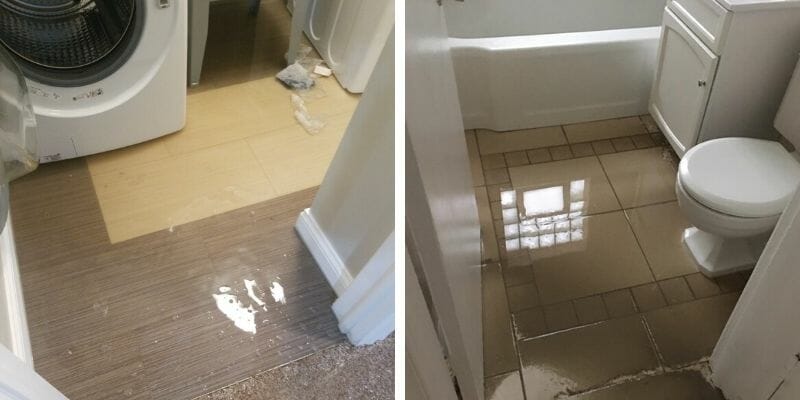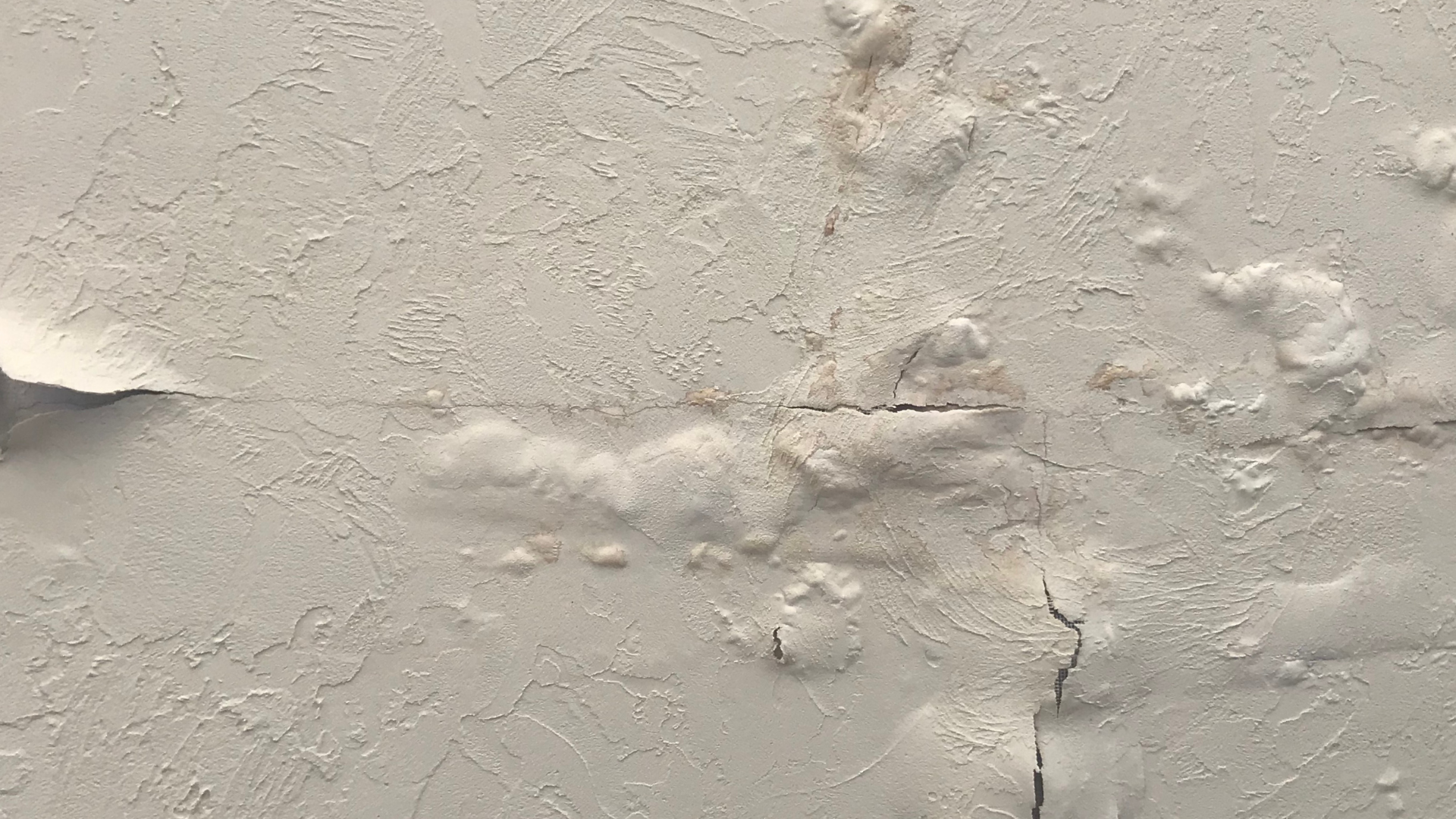Just How to Fix and Protect Against Bathroom Water Damage
Just How to Fix and Protect Against Bathroom Water Damage
Blog Article
The author is making several good annotation regarding How to Repair and Prevent Bathroom Water Damage? as a whole in the content following next.

Water damage usually happens in the restroom due to the water made use of daily. In some cases, the damage could be a little mold and mildew from the shower. Various other times, it's massive damage on your floor. Whatever it is, it is always great to recognize the reason and prevent it before it occurs.
This overview will certainly experience several of the common reasons for water damage in the restroom. We will certainly additionally analyze what you can do to stop these reasons from damaging your restroom. Let's dive in.
These are the typical factors you would certainly have water damage in your shower rooms and also just how you can detect them:
Excess Moisture
It's cool to have that long shower and splash water while you dance around and act like you're carrying out, however in some cases these acts might trigger water damage to your restroom.
Sprinkling water around can trigger water to visit corners as well as develop molds. View exactly how you spread excess moisture around, and when you do it, clean it up to prevent damage.
Cracks in your wall surface floor tiles
Washroom wall surface floor tiles have actually been specifically created for that function. They protect the wall surface from wetness from individuals taking showers. However, they are not undestroyable.
Sometimes, your bathroom wall surface ceramic tiles fracture and allow some moisture to seep right into the wall surface. This can possibly ruin the wall if you don't take any action. If you notice a crack on your wall surface ceramic tiles, repair it right away. Don't wait until it destroys your wall surface.
Overruning bathrooms as well as sinks
As humans, sometimes we make mistakes that can create some water damage in the shower room. For instance, leaving your sink tap on can create overruning and damage to various other parts of the shower room with wetness.
Also, a faulty commode might create overruning. For instance, a broken commode manage or other parts of the tank. When this occurs, it might damage the flooring.
As soon as you notice an overruning sink or bathroom, call a plumbing to help take care of it right away.
Burst or Dripping Pipes
There are many pipelines carrying water to various parts of your shower room. Some pipes take water to the commode, the sink, the taps, the shower, and lots of other areas. They crisscross the little area of the shower room.
Every so often, these pipes might get corroded and ruptured. Other times, human activity might create them to leak. When this takes place, you'll discover water in the corners of your shower room or on the wall.
To identify this, look out for gurgling walls, mold and mildews, or mildew. Call an expert emergency plumbing technician to fix this when it occurs.
Roof Leakages
Sometimes, the issue of water damage to the bathroom may not originate from the restroom. As an example, a roofing system leakage could trigger damages to the restroom ceiling. You can detect the damage done by checking out the water discolorations on the ceiling.
If you discover water discolorations on your ceiling, check the roofing to see if it's harmed. Then, call an expert to aid solve the problem.
Verdict
Water damage to your restroom can be frustrating. However, you can handle it if you stop several of the causes pointed out in this overview. Call a professional emergency plumbing professional if you notice any type of serious damages.
How to Repair a Water-Damaged Wall in the Bathroom
All you need to know to repair bathroom wall water damage – from identifying the water source to finishing the repair professionally. If you don’t act quickly to resolve a water damage problem, you could find that it develops into a mold issue and/or cause structural damage to your home. Follow this guide to repair your bathroom before it's too late.
All you need to know to repair bathroom wall water damage
Water damage is a common household problem, and one that, if left unrepaired, can quickly lead to structural problems and health issues. The two most likely rooms where water damage may occur is the bathroom and the kitchen – where water is used often and there is high humidity.
What is water damage?
It is easy to think of water damage as caused by a flood or leaking tap or burst water pipe. However, when water damage is assessed, there are three main categories into which water falls (as classified by the American National Standards Institute). These categories are defined as:
Category 1 Water – ‘Clear Water’
This is sanitary water. There is usually no major threat to health by washing with this water, drinking it, or inhaling if it is streaming. Most water that enters your home will be category 1 water, while most water leaving your home will be either category 2 or 3 water. It may also come from melting snow, rainwater and water tanks.
Damage caused by this type of water can usually be repaired or restored, though this doesn’t mean that there are no potential health issues.
Category 2 Water – ‘Grey Water’
This is contaminated water – sometimes considerably so – and will cause illness if consumed or if it comes into contact with your skin. Water damage in this category is often caused by overflows from toilet bowls, and damage to washing machines and dishwashers. While damaged items might still be repaired or restored after damage by grey water, it is more difficult and more expensive to do so.
If the water damage in your home has been caused by grey water, it is advisable to have repairs made by professionals.
Over time, grey water will deteriorate and become black water.
Category 3 Water – ‘Black Water’
Category 3 water, also known as black water, is highly contaminated and a great risk to health. This may contain raw sewage, heavy metals, and other toxic substances. It will smell terrible.
If this is the water that has caused damage in your bathroom, do not touch it. Stop the water flowing if possible, seal the room and call the experts: it really isn’t worth the risk of ill health and disease that could be fatal. It is very unlikely that items can be repaired or restored if they have been damaged by black water.
https://www.porterscleaning.com/blog/how-to-repair-a-water-damaged-wall-in-the-bathroom/

As a passionate person who reads about How to Repair and Prevent Bathroom Water Damage?, I thought sharing that piece of content was really helpful. Do you know about anybody else who is truly interested in the subject? Be sure promote it. Many thanks for going through it.
Pricing Report this page